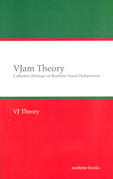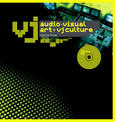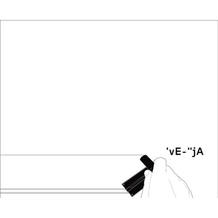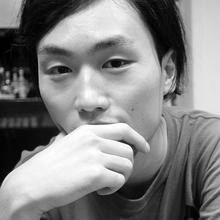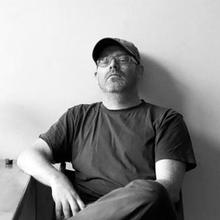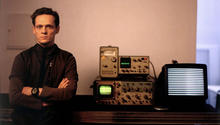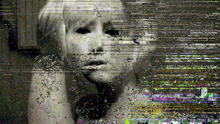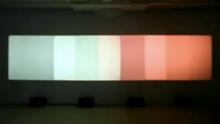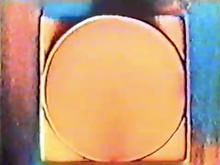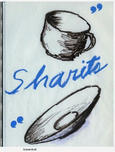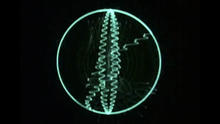SyncBody - VJ set
(2012)pairs the VJing of Tokyo-based Daihei Shibata with the music of DUB-Russell and is produced by Japanese A/V label BRDG. A twitching thrill ride of jerking female forms and faces, digital mutations, and a glitchy-electronic meltdown.
Some absolutely amazing Cinema 4D work from Daihei Shibata, who describes this video simply as Synchbody for PMLS_IV_D from Jade Fib EP by Yaporigami.
In addition to creating some killer hair dynamics and a dope video that explores some very current themes of human representation in a simulated environment, Daihei also very generously makes his entire Cinema 4D project and audio files available for download. (Japanese plugs in required)
Source: Changethethought
“Intense !”, “Brutal !!!”, “OMFG this shit blew my mind.”—these are a few of the comments that accompany this video on its Vimeo page. And, while comment sections on video-sharing sites aren’t shy of over-enthusiastic exclamations, these are entirely justified.
The video pairs the VJing of Tokyo-based Daihei Shibata with the music of DUB-Russell and is produced by Japanese A/V label BRDG. BRDG specialize in Japanese IDM and we’ve noted their excellent taste in messed-up visuals and music before.
In this set Daihei Shibata pairs his Syncbody (below)—a freaky 3D human visual that dances to sound automatically—with VJing, which makes for a twitching thrill ride of jerking female forms and faces, digital mutations, and a glitchy-electronic meltdown that will certainly jar you from any mid-morning/afternoon slump you may be hitting at work. It’s over eight minutes long but well worth sticking with, as the ending takes it to some next level visual cacophony.
Source: The Creators Project
Daihei Shibata composites Hiroshi Sato's artwork with a CG model to create a truly terrifying android-like freakout. After attempting to tear my eyes away, I found that I had been mesmerized by the test's highly effective creep factor. Fair warning; you may never think of Barbies or mannequins the same way.
Source: Animation World Network
